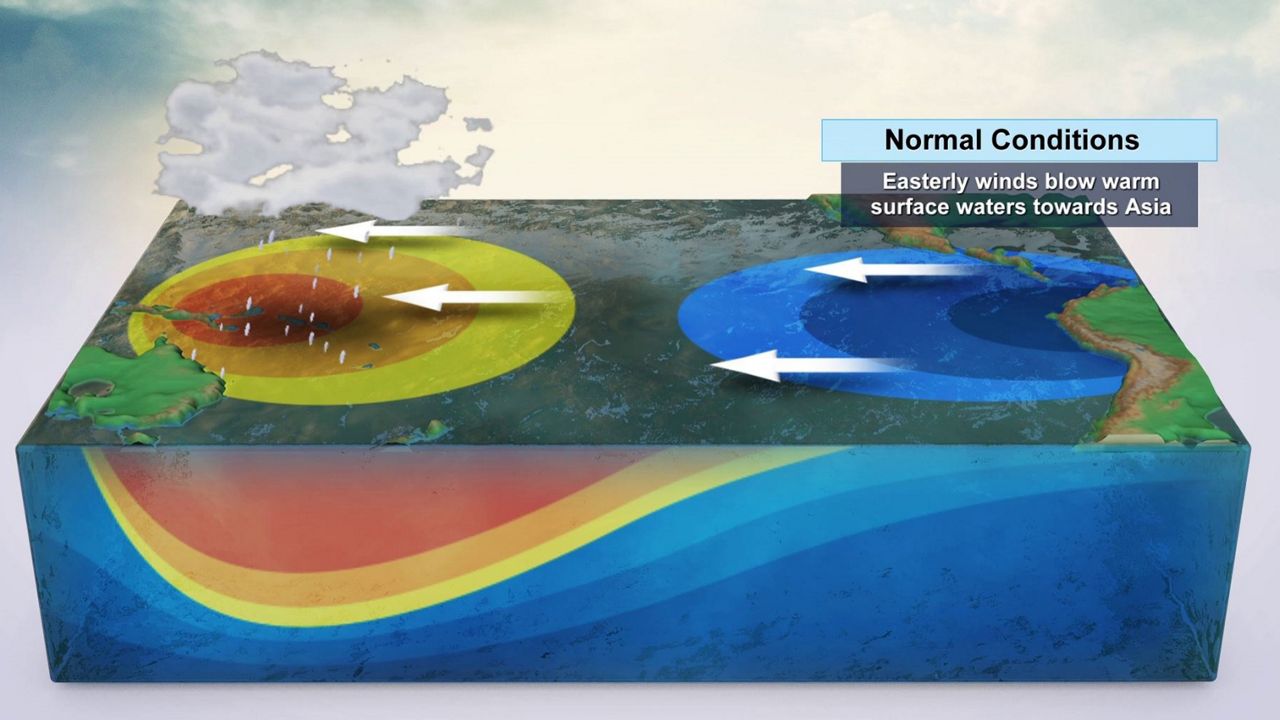ORLANDO, Florida — You may have heard another El Niño is going to develop this winter.
- El Niño will develop this winter
- High probability of wetter than average winter
- READ MORE: Weather Experts Blog
It is going to be a weak El Niño this time around, but what exactly is El Niño, and what does this phenomena mean for Central Florida this winter?
First, El Niño develops when the waters in the central and eastern Pacific are unusually warmer than average.
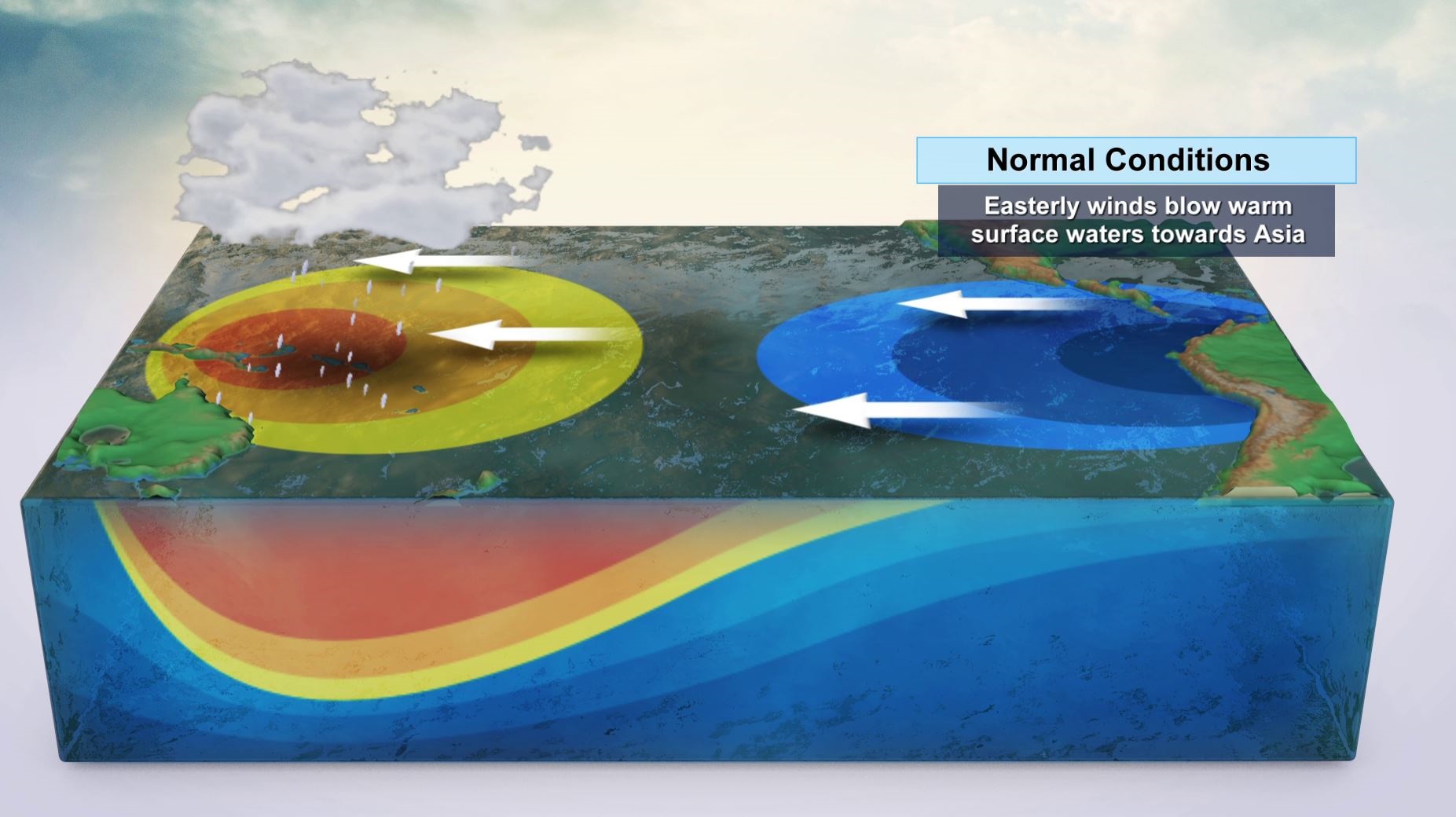
Under typical ocean conditions, the central and eastern Pacific Ocean are cool while the western Pacific waters are warm. This setup allows for the unsettled, stormy weather to develop over the warmer waters of the western Pacific near Asia.
However, when the easterly trade winds across the eastern Pacific weaken, this prevents cold water from upwelling and allows the waters in the eastern Pacific to warm up.
The warmer ocean waters in the eastern Pacific Ocean provide the atmosphere with more energy and fuel for unsettled weather across the Desert Southwest and into the Southeastern U.S.
During El Niño, the fast-moving upper-level winds in the atmosphere that steer storm systems from west to east across the U.S., also known as the jet stream, dig farther south.
This weather pattern typically results in above average snow and rain across the southwestern U.S. and a stormy winter for places like Florida in the Southeast.
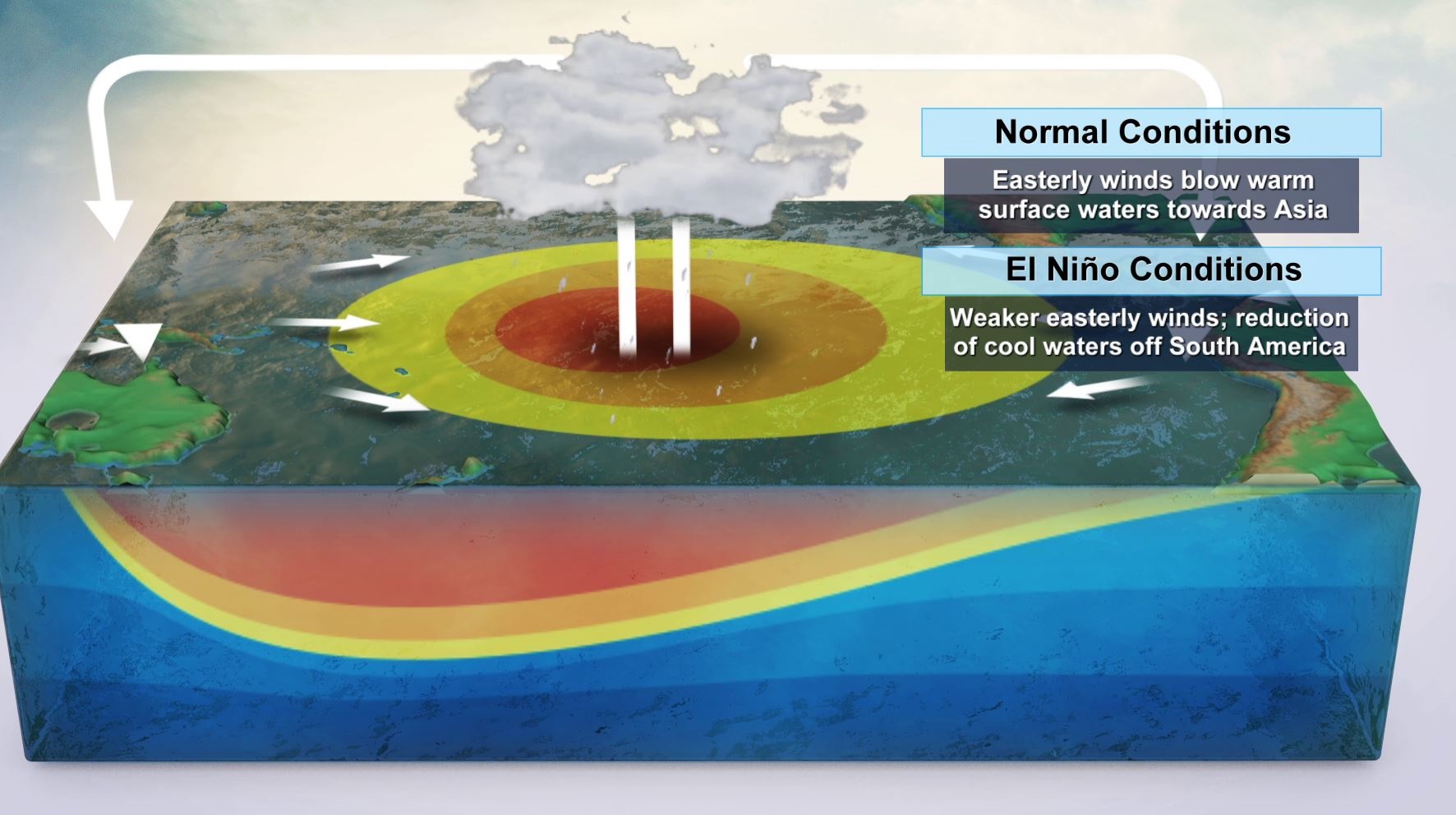
Since the jet stream is farther south during El Niño, strong areas of low pressure are more likely to track through Florida. This typically brings increased chances for severe weather, including tornadoes, along with a wetter than average winter.
This year’s winter outlook shows central and northern Florida having a high probability of seeing a wetter than average winter. While temperatures have a 50/50 chance of being cooler or warmer than average this year.
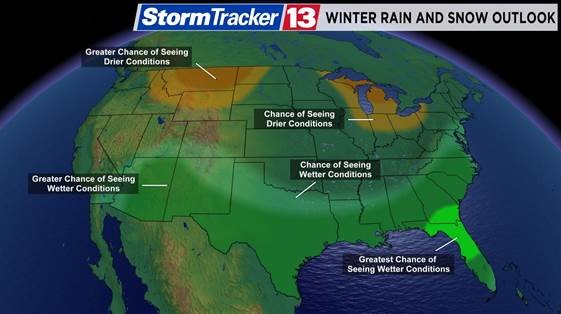
It is important to remember that every El Niño is different, and there other players in the atmosphere working at the same time as El Niño that could bring different outcomes other than what is typically expected from one of these events.
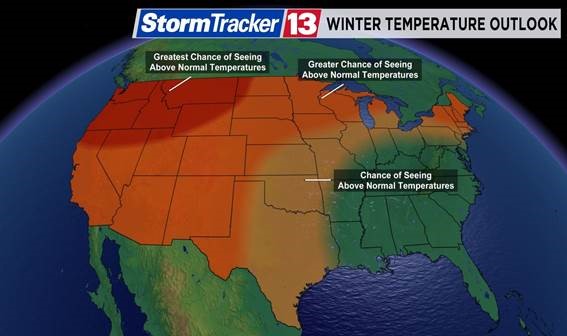
We will continue to have more updates on the winter outlook over the next few months in your weather on the ones on Spectrum News 13.



